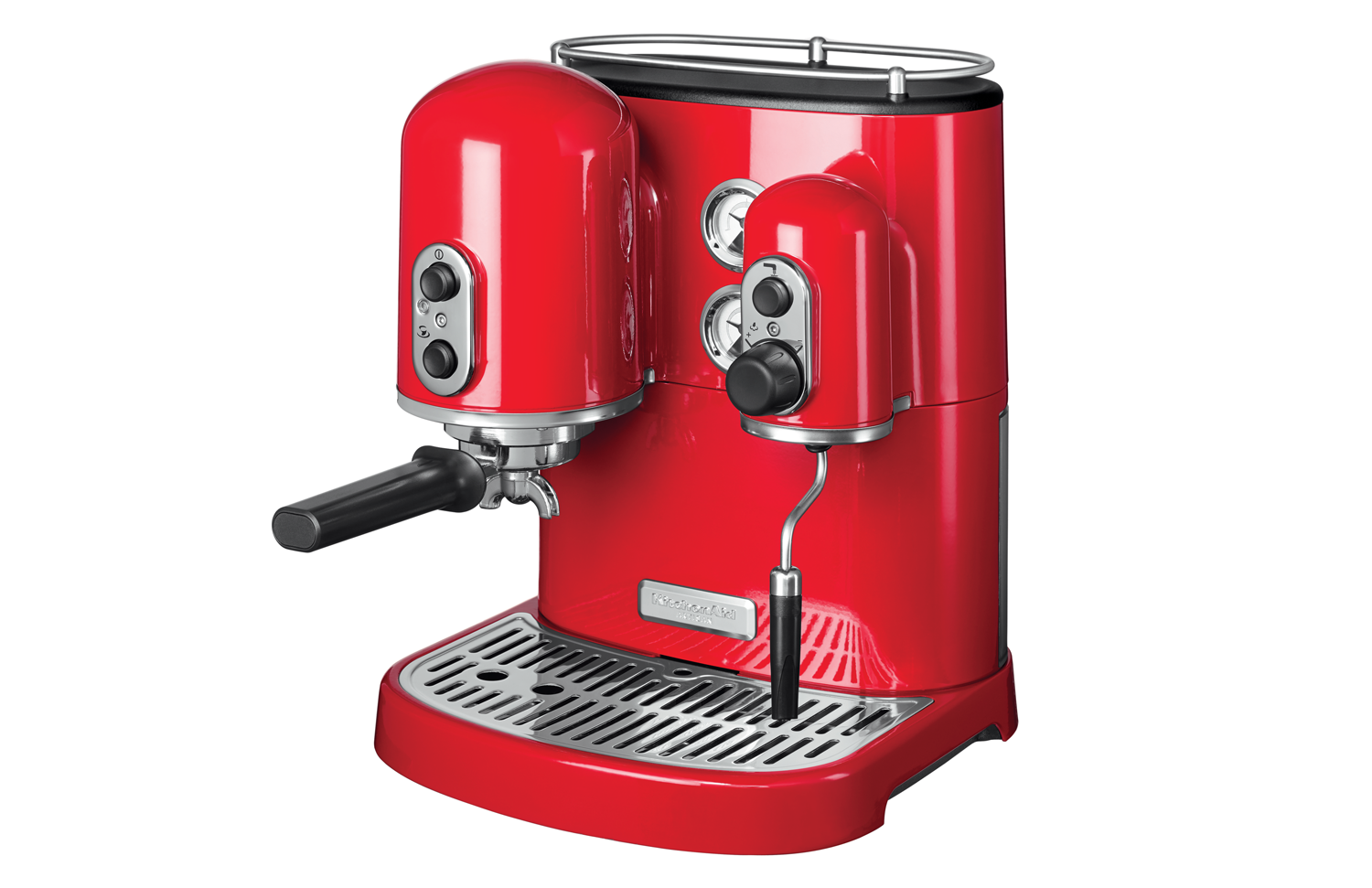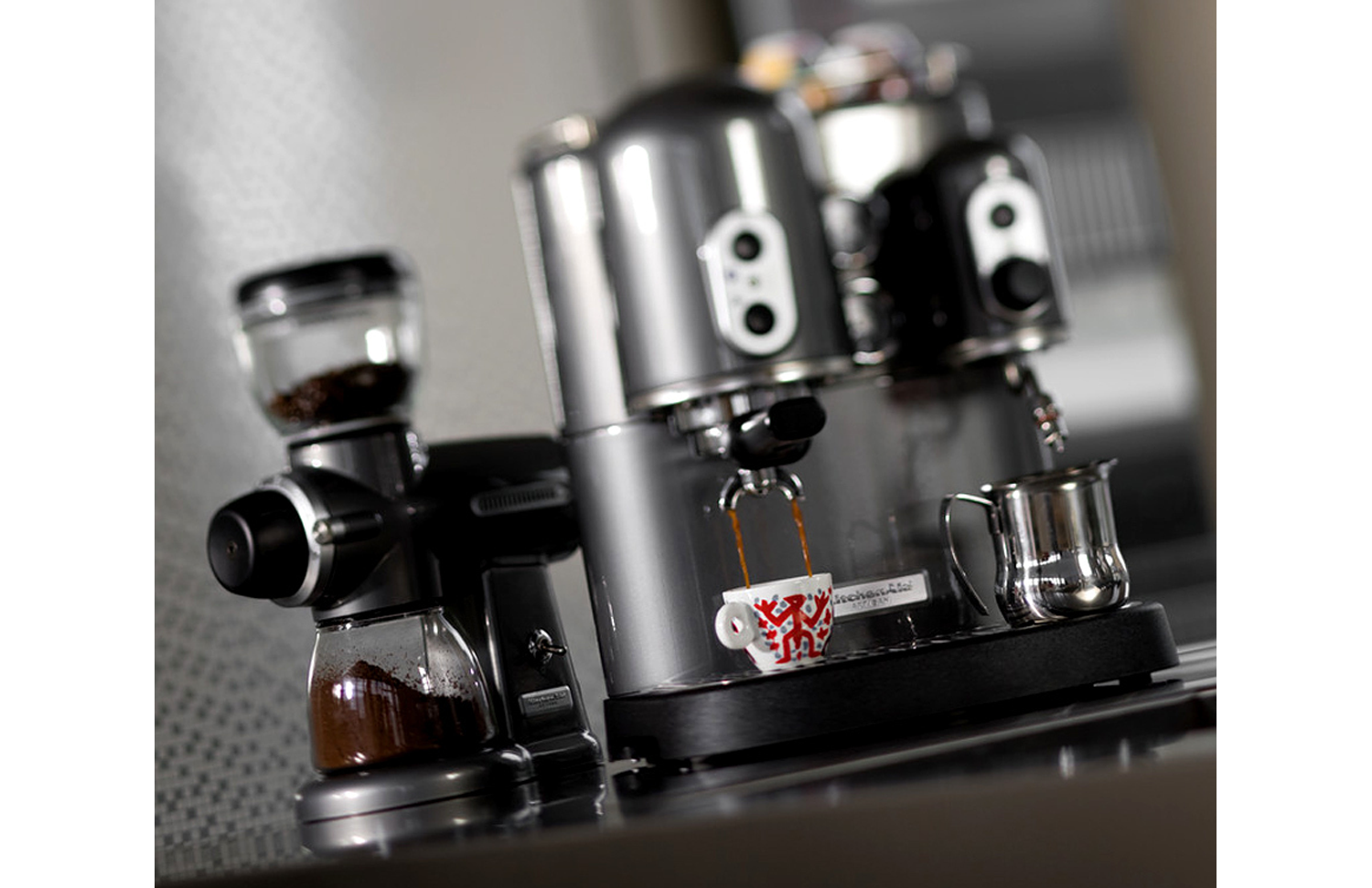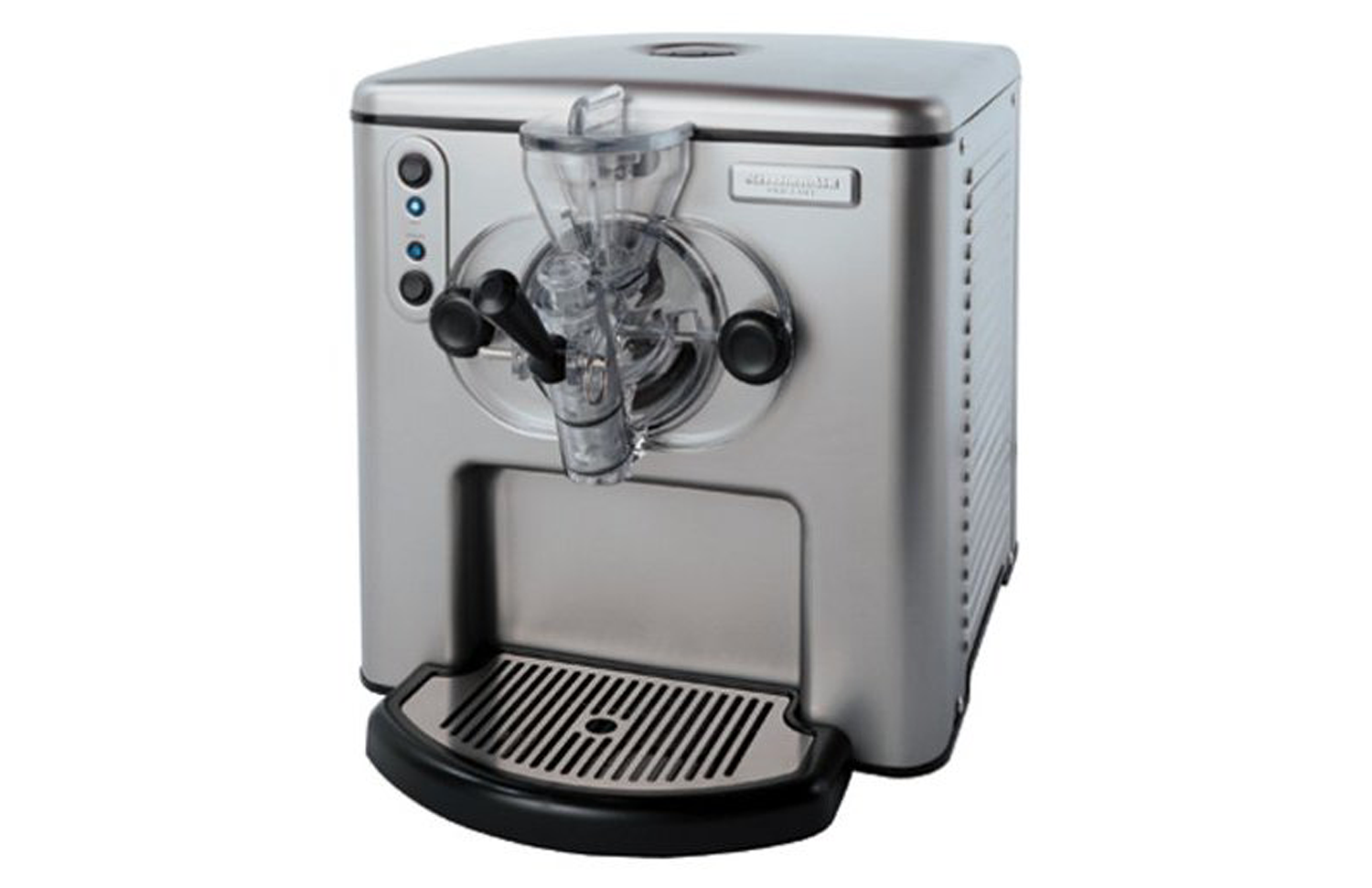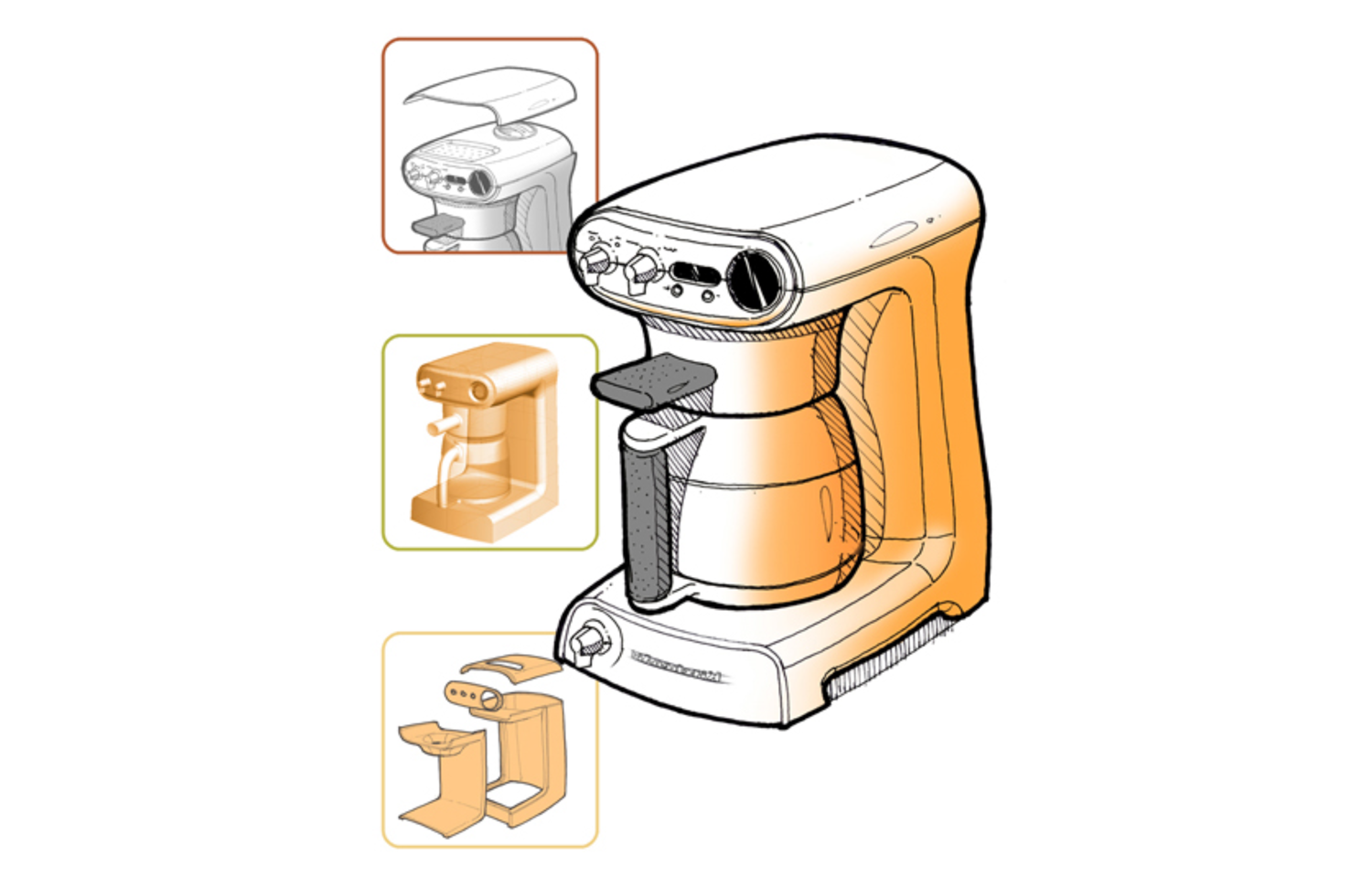Kitchenaid
As the Design Manager for the KitchenAid brand, at Whirlpool, I was responsible for the leadership, and creative-direction, of a 20+ member multi-disciplinary product development team, including Industrial Designers, Human Factors Engineers, Graphic/Visual Designers and CAD Developers (managing a $3+ million dollar budget). Our team was responsible for the design and development of a global portfolio of premium major appliance suites, and premium countertop electrics. Products ranged in complexity from toasters and blenders to wall ovens and refrigerators.
The kitchenaid user & Brand
Understanding the KitchenAid user was key to the success of the brand. Our team worked with KitchenAid Brand team to gather insights about our users through ethnography, contextual inquiry and participatory design activities. We worked with several groups of users: Key influencers, like chefs and cookbook authors; dedicated enthusiast panels (the "Friends of KitchenAid" online community); and the appropriate consumers, chosen for various attributes which applied to a given product category.
Kitchenaid pro line electrics
The KitchenAid stand mixer is a design icon. It's cast metal components and robust mechanicals have made is an heirloom product for generations of families. The same couldn't always be said about other KitchenAid products - cost reduction and mass distribution had taken a bit of a toll on the premium nature of KitchenAid's less expensive electrics. The Pro Line series was envisioned as a halo suite of products that would embody the quality, and longevity, of the stand mixer. I managed the development program, and also personally designed several of the products.
product gallery
design & development process
Because of the large number of products and SKUs in the suite, it was important to define and document the product "hard-points", allowing our design team to focus on..
Kitchenaid Commercial series Major Appliance Suite
While KitchenAid had always been a premium brand, it was never able to directly compete with super-premium brands like Wolf, Sub-Zero and Viking. Our team was given a clean sheet of paper, and the opportunity to create a new super-premium suite (for all intents and purposes, a sub-brand) to go head-to-head with commercial-quality home appliances. This was an opportunity for KitchenAid to do some very meaningful soul-searching. Our design team worked with the KitchenAid brand organization to re-learn who our users really were, who we wanted future users to be, and how best to authentically speak with them through an overhauled brand tone-of-voice.
Product Gallery
design & Development process
Our team started the design process by posing a very simple question to users/consumers: Does KitchenAid have permission to play in the super-premium space? We utilized many research methodologies to
Kitchenaid Europe Major appliance suite
KitcheAid electrics have been sold in Europe for years. The stand mixer, and other high-end countertop appliances, have been extremely popular in nearly every European market. Major appliances, on the other hand, have been a tough sell for KitchenAid. European kitchens are smaller than those in the US, and a heritage-inspired American brand isn't a natural fit with European architectural tastes. This suite of appliances was a collaboration between the US-based Design team, and the European Design Center in Cassinetta Italy. I was the creative director for this program, working both in the US and in Italy.


![User Persona [pg. 1 of 2]](https://images.squarespace-cdn.com/content/v1/55c02dece4b0536353960e6e/1440653744193-FB8BTLH8J16QR7DFVMVI/Commercial+Persona1a.png)
![User Persona [pg. 2 of 2]](https://images.squarespace-cdn.com/content/v1/55c02dece4b0536353960e6e/1440614779216-T26HL1E4PKA90E84TDIW/ka_persona2.png)
















![Color Material & Finish [CMF]](https://images.squarespace-cdn.com/content/v1/55c02dece4b0536353960e6e/1440655680197-KS4CYOFUP1P6HPC76JEH/ka_cmf.png)












